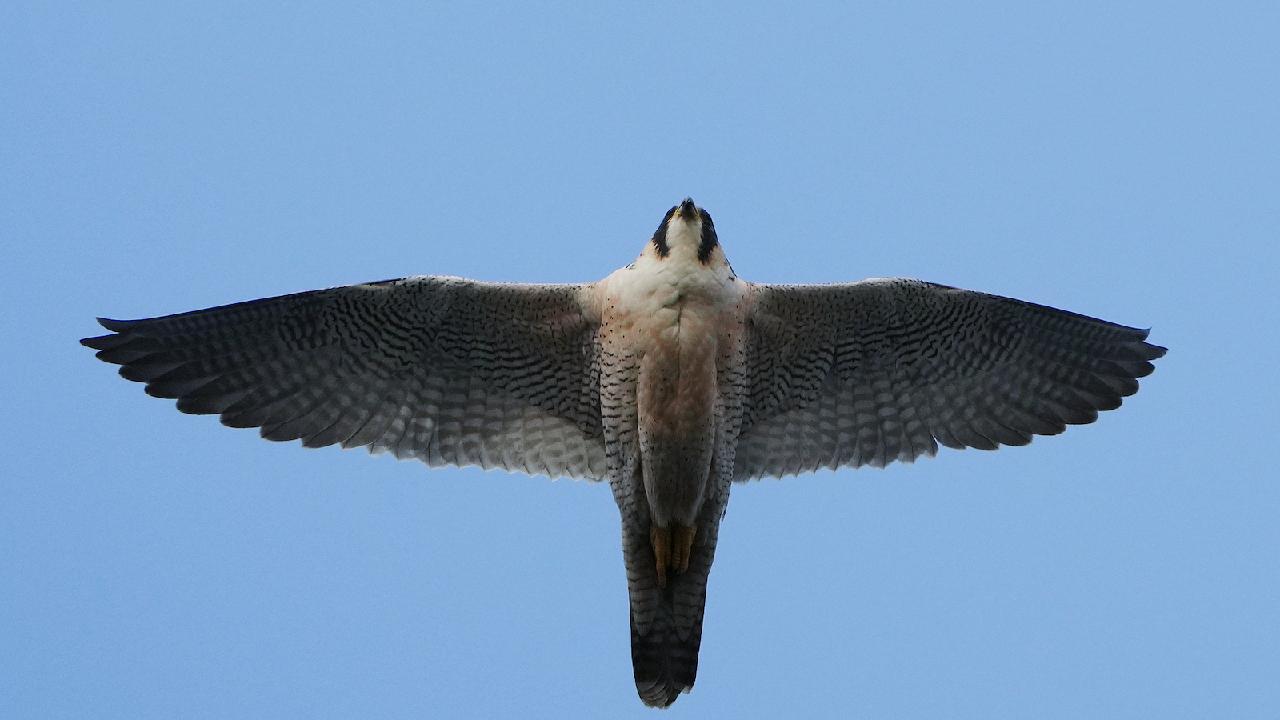Improvement in Beijing's Water Environment Evidenced by Reappearance of Birds
Beijing's improved water environment is underscored by the resurgence of bird populations in the area.

Wild birds serve as indicators of the health of a region’s ecological environment. Their presence signifies, to a degree, the enhancements in local ecological conditions.
A similar situation is unfolding in the bird habitat enhancement demonstration area located northeast of Beijing's Miyun Reservoir, where over 10,000 migratory birds have congregated in recent months.
By December 2023, the Miyun Reservoir recorded 235 bird species, which represents an increase of 45 species since 2020. Several species that are under first-class national protection have become frequent visitors.
This was not always the case, however. Beijing faced ecological decline and land subsidence due to rapid urbanization, a growing population, and excessive exploitation of water resources.
A turning point occurred at the end of 2014, when water from central China's Hubei Province began to flow into Beijing through the South-to-North Water Diversion Project. The bulk of the city's drinking water travels over 1,000 kilometers along the middle route from the Danjiangkou Reservoir in Hubei.
Currently, nearly 80 percent of the water consumed in the urban areas of Beijing has completed this 15-day journey from Danjiangkou. The water is transported north via canals and pipelines, crossing beneath the Yellow River before reaching the city's water treatment facilities.
According to the Beijing water authority, after confirming the adequacy and quality of the water supplies, the diversion project directs water to key reservoirs in Beijing, including Miyun, Huairou, and Daning.
In 2023, a water ecological monitoring and health assessment report indicated that 83 percent of the main rivers, lakes, and wetlands in Beijing are now classified as healthy.
Additionally, a recent terrestrial wildlife catalog published by the Beijing Municipal Forestry and Parks Bureau identifies 519 bird species in the city, which constitutes one-third of the national total, reflecting an increase of around 100 species over the past decade.
The South-to-North Water Diversion Project, recognized as the largest of its kind globally, has transferred over 76.7 billion cubic meters of water to northern China through its middle and eastern routes over the last ten years, as noted in a Thursday press conference. This monumental initiative has directly benefited over 185 million people in the country.
Mark B Thomas for TROIB News
Find more stories on the environment and climate change on TROIB/Planet Health












